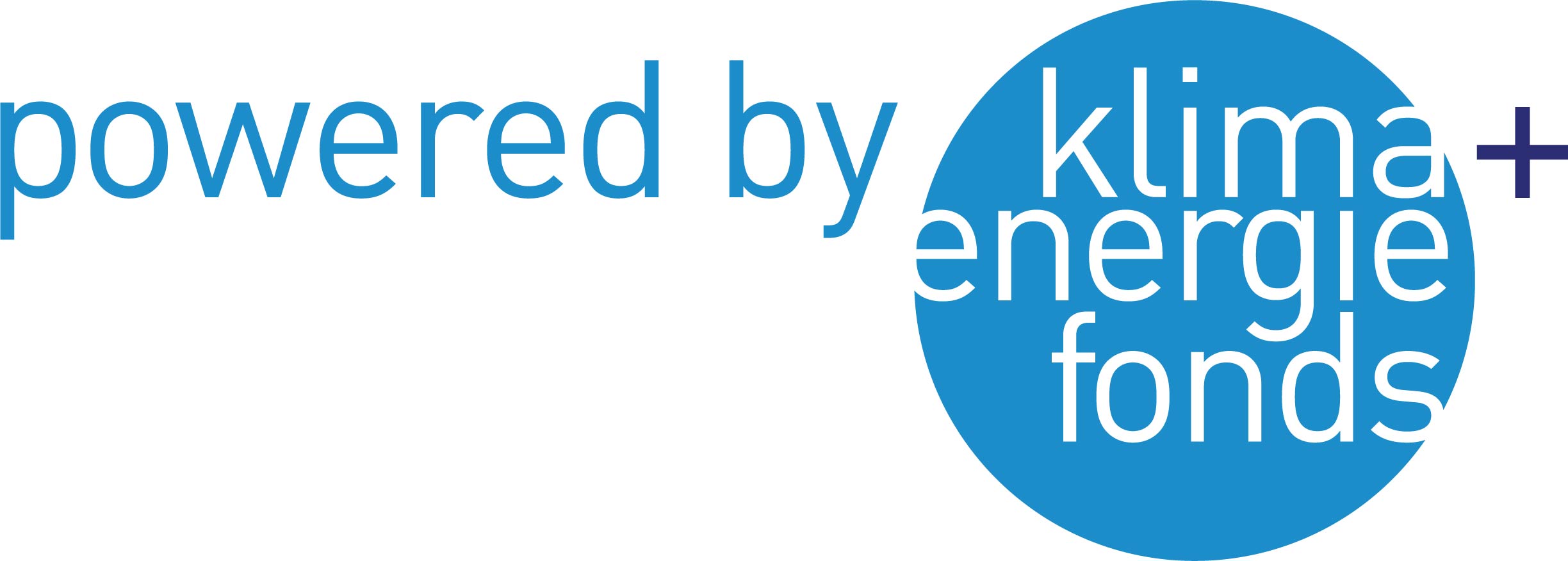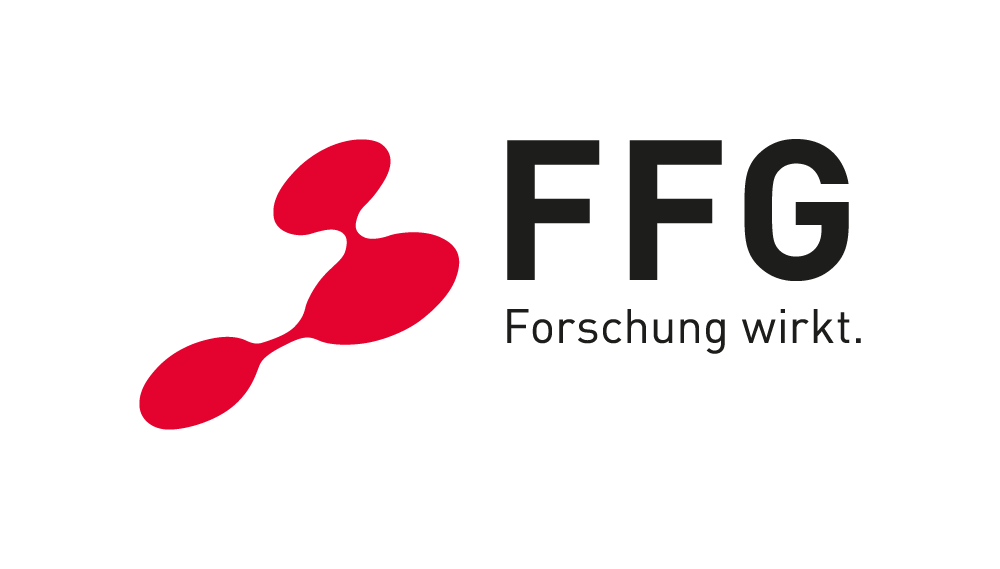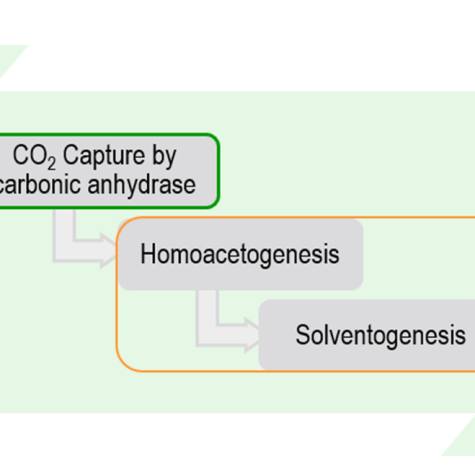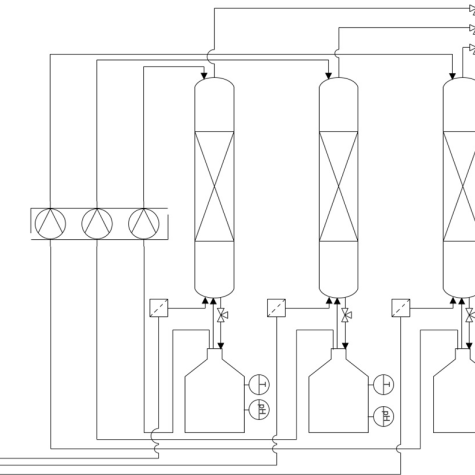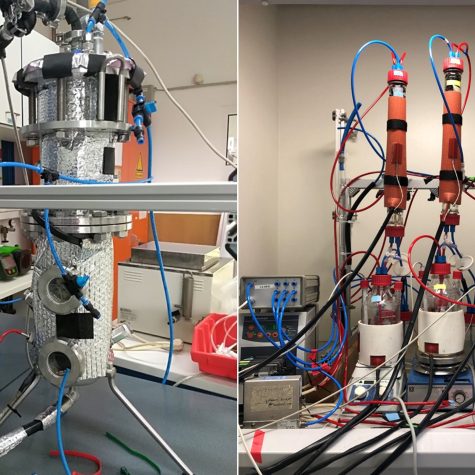Development of a process for the microbiological utilization of CO2 and H2 for the production of ethanol.
Project Description:
The aim of the project is to develop a multi-stage biotechnological process for the production of liquid secondary energy carriers from CO2 and H2.
The first step is to investigate the extent to which enzymes such as carbonic anhydrase can be used to liquefy CO2. Subsequently, based on the process kinetics of the microorganisms, models are created and a laboratory-scale reactor system is designed, built and evaluated. Based on this reactor, the process will be further optimized and different process scenarios will be investigated. On this basis, upscaling is performed using modeling.
Finally, an economic evaluation and an LCA (lifecycle analysis) for this technology will be prepared.
Project summary:
The European Commission Roadmap 2050 for a low-carbon economy states that current greenhouse gas emissions must be reduced by 80-95% by 2050. To reach these targets, the entire energy system needs to be transformed and will need to include efficient conversion technologies. All potential renewable energies must be used, while simultaneously guaranteeing an uninterrupted energy supply for consumers. Because wind and solar energies are not constant, and because demand is not constant, a transition to a flexible energy system with a conversion to secondary energy carriers (fuels) will be necessary.
Power to gas (P2G) is one suitable technology that can provide flexible energy networks coupled with conversion to fuels. A more recent version of this technology is power to liquid (P2L), which converts excess electricity into liquid fuel.
The EU also has targets to blend 10% biofuels into transport fuels by 2020 (Renewable Energy Directive 2009/28/EC).First-generation biofuels (e.g. bioethanol from starch, biodiesel) have already helped reach this target, but they have had a limited impact on CO2 emissions.
Due to Renewable Energy Directive II biofuels upon 2nd generation will only be supported. Second-generation biofuels, made from waste, are just starting to be produced at a large scale. Third-generation biofuels, based on algae, are being intensively studied.
Now the fourth-generation biofuels are being researched, using CO2 as a carbon source. Previous processes using CO2 and H2 have focused on methane production as well as direct hydrogen addition to the gas grid.
The aim of the proposed research project is to develop a multi-step process to produce liquid fuels from CO2 and H2. This will allow CO2 waste streams to be used to produce liquid fuels, thereby contributing to the reduction of emissions in the transport sector.
Project partners:








Project funding by:

